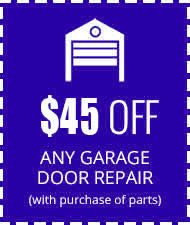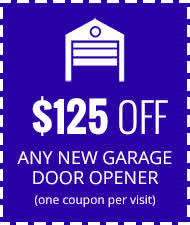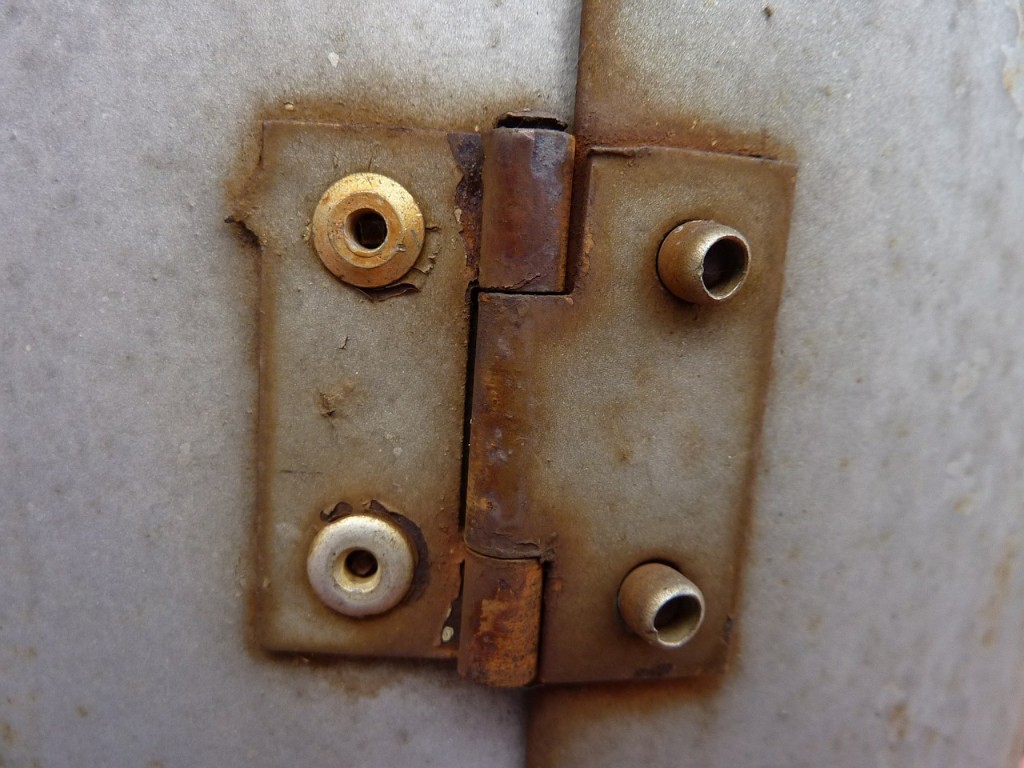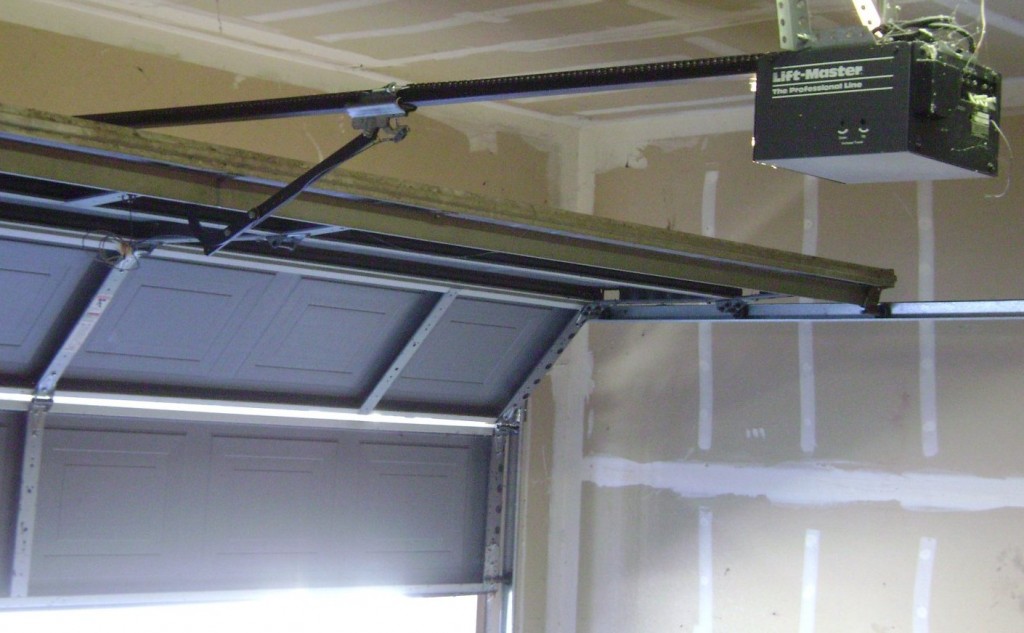Neighborhood Garage Door Service of Denver, Colorado frequently gets calls about malfunctioning doors that can be easily repaired by the caller. However, it can be intimidating trying troubleshooting different garage door parts if you’re not familiar with them and the most common problems they can have. Here is a list of the seven basic parts of your overhead door and how you can troubleshoot them.
Door & Panels
The obvious place to start is the door itself. Check each section, also known as a panel, for denting or other damage. Garage doors can easily be bumped by cars or other equipment resulting in damage to the panels. This denting can interfere with the ability of the door to properly roll up.
Bottom Seal
The bottom seal of your garage door provides protection against the elements by creating a snug closure at the bottom of the door. It also protects the door itself by functioning as a bumper as the door closes. Check the seal to make sure it isn’t beginning to come off or becoming brittle. You should also inspect the seal for any kind of bug infestation. If you’re encountering problems with your seal, contact us right away for a replacement.
Panel Hinges
Another key part of the door is the hinge. As your door ages, the hinges can become rusted, cracked, or otherwise damaged. The screws, bolts, or rivets that attach the hinge to the door can also come loose. Hinges can also fall off completely if not checked regularly. There should be should be a hinge on the left and right side, as well as the middle between each set of panels.
Inspect each hinge for any signs of excessive wear. Replace any damaged hinges as needed. While inspecting the hinges, it’s a good idea to lubricate each hinge.
Torsion Springs
The torsion spring is the source of the power to lift your overhead door. As a result, it is under tremendous tension. If you start hearing noise coming from the spring or notice any damage, it will need repair or replacing. Because of the great amount of tension the spring is under, you should not personally attempt any repair or replacement. This delicate work should be left to trained technicians.
Door Tracks
The tracks serve to guide the door smoothly up. If there is any malfunction with the tracks, it can cause you garage door to not operate properly. Check the entire length of both tracks for warping, cracks, rust, or any other damage. You’ll also want to check for and remove any debris like leaves or excessive dust build up. As with the hinges, lubricate the tracks after checking for damage and blockages.
Optical Sensors
Since 1992, optical safety sensors have been required on all automatic garage doors. This sensors detects the presence of anything in the doorway and reverses the door’s direction to prevent damage or injury. The safety sensor utilizes a laser to operate. One sensor sends a laser beam to the receiver sensor. If the receiver senses a break in the laser, it sends a signal to the opener to prevent it from closing.
There are two possible problems that the safety sensors commonly encounter. First, the sensors can be dirty resulting in a poor sending or receiving of the laser beam. Try cleaning each sensor. Second, the sensors can be misaligned.
Electric Opener
If all these other garage door parts are functioning properly, the problem may be with your opener. Check to make sure that it has power by pressing the button and making sure the overhead light is coming on. Listen for any unusual noises like grinding or whining.
If you’ve tried these basic troubleshooting tips and are still having trouble with normal operation of your garage door, it’s time to contact Neighborhood Garage Door Service of Denver, Colorado. Give us a call right away and one of our professional customer services representatives will dispatch a trained technician to diagnose your problem.









